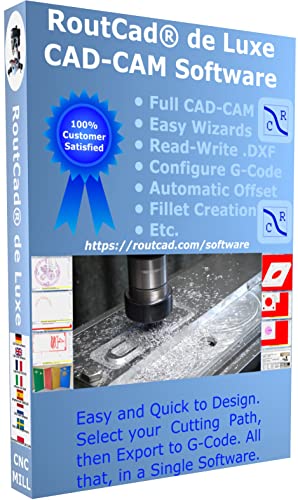The two gears have 'nice' tooth numbers, so with some care, they could be made using the graduations on the RT rather than buying expensive plates (short version: you do not need to buy the plates).
360/48 = 7.5 degrees per tooth.
360/24 = 15 degrees per tooth.
The HV6 table has a 90:1 worm ratio. That means one turn of the handle is 4 degrees. The handle is graduated in degrees and will easily resolve to half a degree. You can use the graduations around the table to keep track of progress (or stick a hand drawn scale over the top of the engraved one).
There are also online division wheel producers, so you can print out a paper one with 48 (or 24) lines and stick onto the gear blank for further verification (
https://www.cgtk.co.uk/metalwork/calculators/divider).
If you did want to use a dividing plate, 15 degrees table rotation is 3 3/4 handwheel rotations. 7 1/2 degrees table rotation is 1 7/8 handwheel rotations. Hence, a dividing plate with holes that have 8 as a factor (i.e. the 16 hole plate in the factory set) will work. Note that as you only actually need 8 holes (not 16), you could make the plate yourself on the rotary table as the plate holes will be at 45 degree increments.
Equally you could print out a paper one with eight lines on it, stick it to a piece of metal, draw a circle on it and drill 8 holes free hand at the intersection of the circle and radial lines. Any error in your setting out will be reduced by a factor of 90 when used on the RT.
I should also mention that it has been noted on the UK forums that the Vertex data sheet that accompanies the dividing plates had some errors so you are best to verify any calculations.








![DreamPlan Home Design and Landscaping Software Free for Windows [PC Download]](https://m.media-amazon.com/images/I/51kvZH2dVLL._SL500_.jpg)





















































